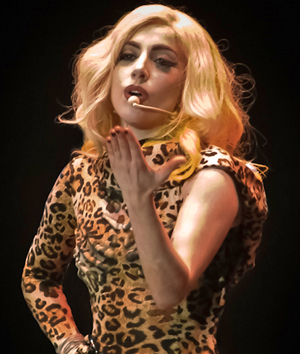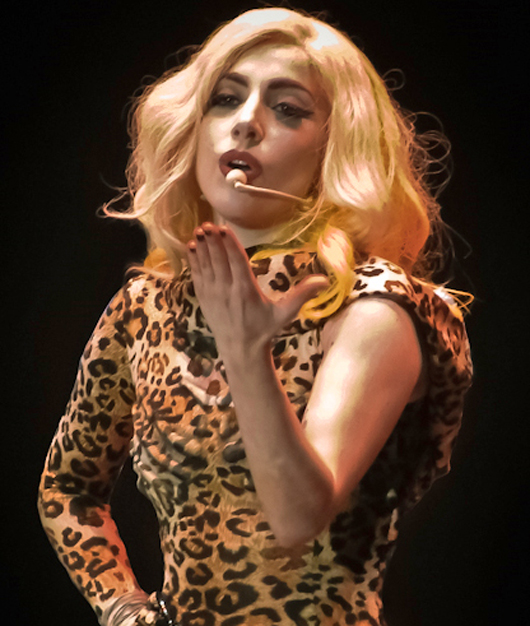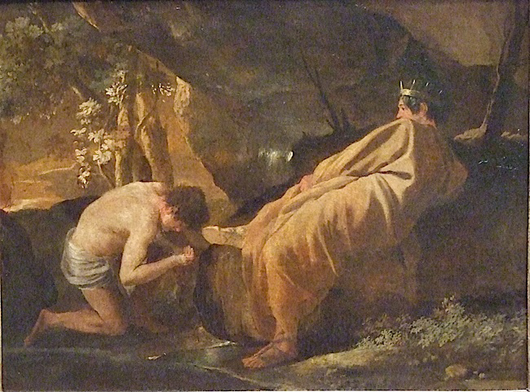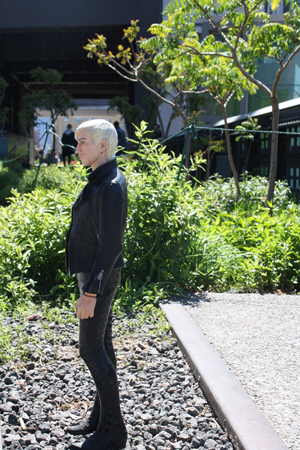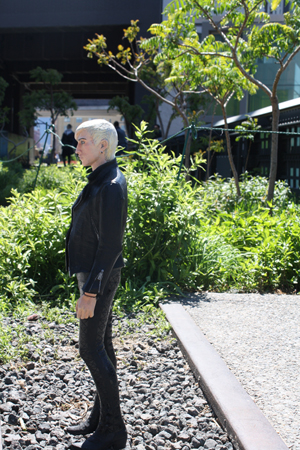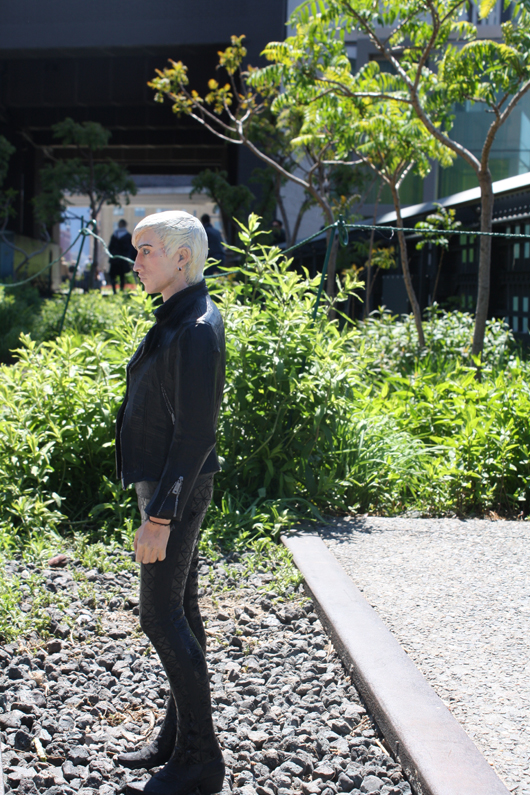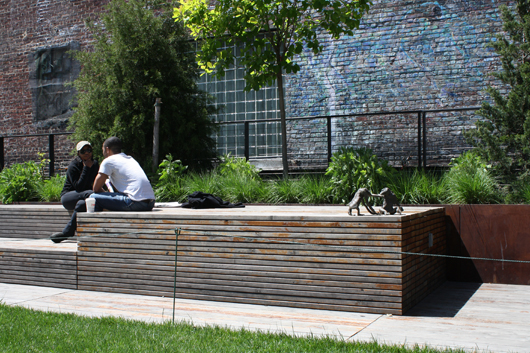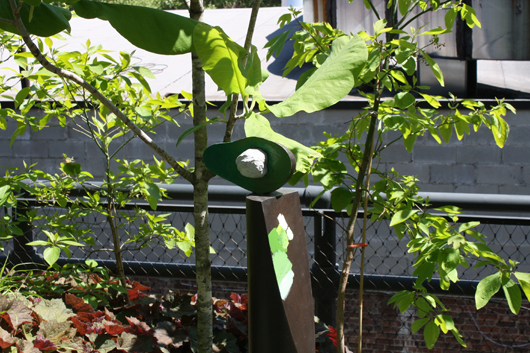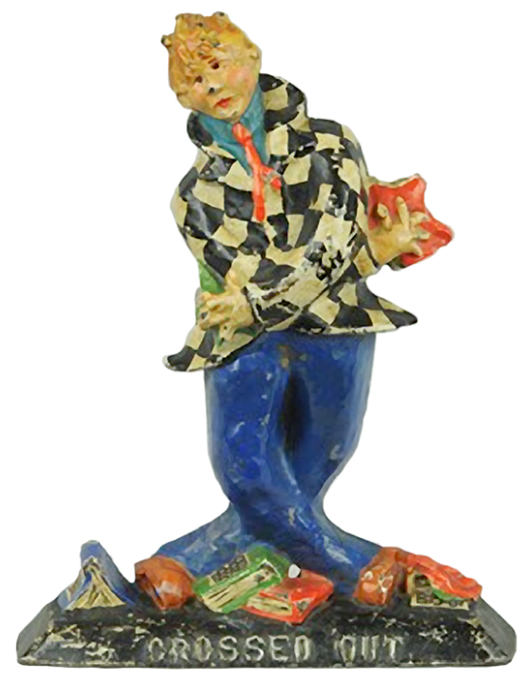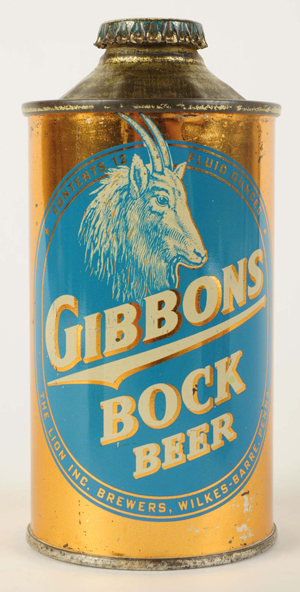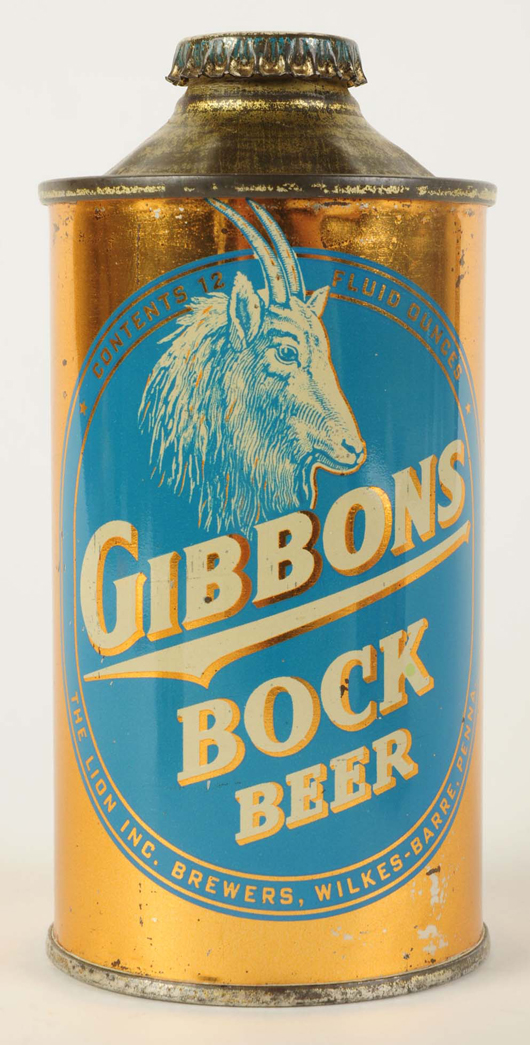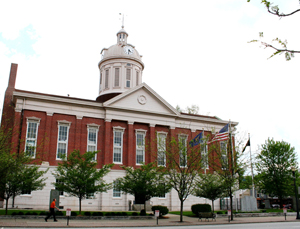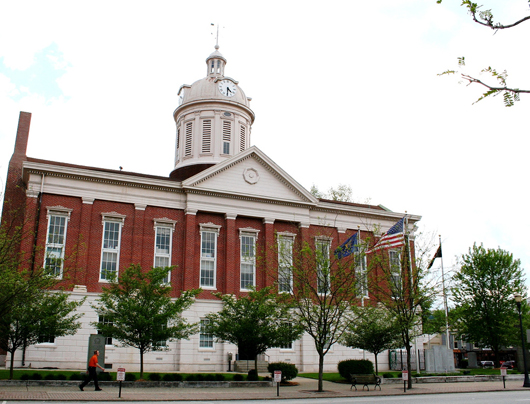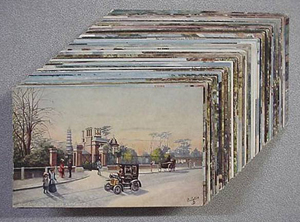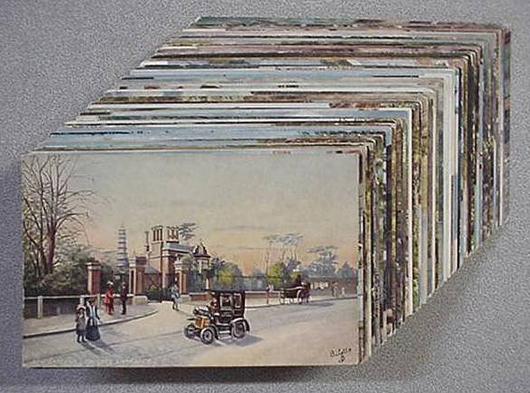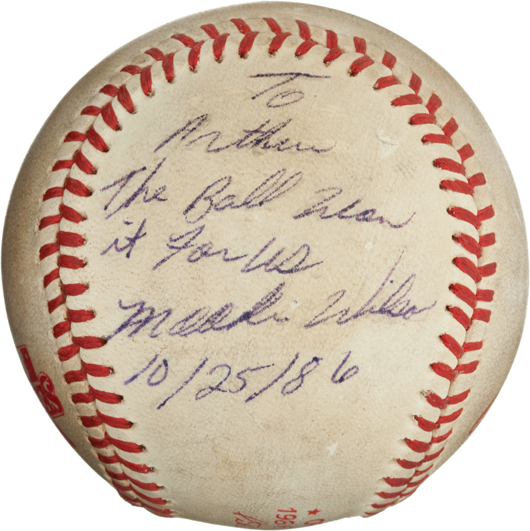
William Adolphe Bouguereau, ‘LeGouter,’ sold for $688,000. Image courtesy Leslie Hindman Auctioneers.
CHICAGO – With a filled auction room of private collectors, dealers and very active telephone and online bidders Leslie Hindman Auctioneers spring auction of Contemporary, Modern, American and European Art on May 2 was a resounding success.
The European and Old Master paintings session realized a total of $2.87 million. Much of the auction’s success can be attributed to the collection from the Lucie Sable Sandler Trust, which included two paintings by William Adolphe Bouguereau that brought a combined $1.2 million with premium. Each of the Bouguereau paintings went to successful international bidders from the United Kingdom. Also from the Sandler Trust, Konstantin Egorovich Makovsky’s Woman in a White Hat, sold to an East Coast buyer for $292,000.
In addition to realizing strong prices, the sale set auction records. Salvatore Marchesi’s Altar Boys achieved the highest price at auction for the artist. The painting sold for $36,600 against an estimate of $15,000-$25,000. A record was set for the third highest price for an Antoine Blanchard painting, when a street scene realized $31,720. Additionally, 16 international bidders from eight countries competed for works by Hermann David Salomon Corrodi, one of which brought $219,600, a price among the artist’s top 10 records at auction.
The American Art session opened to a crowded auction room, bringing $902,353 against a presale estimate of $542,500-$840,700. Competitive bidding on Asher Brown Durand’s Guard House, Catskill Mountains, which had remained in private hands for the last 60 years, drove the sale price to $146,400, the artist’s third highest auction price. Eight bidders competed for Leroy Neiman’s 1961 Vegas, which blew past the previous auction record and sold for $173,600 to a private collector in Minnesota. In addition, a rare Chicago scene by Guy Wiggins sold for $46,360.
The continued strength and international appeal of Modern and Contemporary art was evident in the exceptional prices realized at Leslie Hindman Auctioneers’ auction. A highlight was Ray Parker’s 1979 Untitled, which sold for an impressive $58,560 against an estimate of $25,000-$35,000—the second highest price ever achieved by the artist at auction.
Chu Teh Chun’s Composition No. 125, 1962 set another record as the highest grossing work on paper by the artist, achieving $68,320.
Contemporary artists were well represented. An original collage by Theodoros Stamos flourished amid a bidding war and brought $17,080.
A mixed-media sculpture by Jesus Rafael Soto far surpassed its estimate of $7,000-$9,000 realizing $21,960.
Andy Warhol works continue to be in demand with his Ten Portraits of Jews of the 20th Century achieving $97,600 and his Liz lithograph realizing $39,040 in the Fine Print and Multiples session. The session also saw strong prices by other postwar artists, including Stella, Rauschenberg and Koons.
Contemporary sculpture fared well with aggressive interest from telephone bidders. Toshiko Takaezu’s Moonpot sold for an impressive $19,520—tying the auction record for the artist. A small Clement Meadmore also sold above its estimate, bringing $10,370.
Other highlights included a bronze sculpture by Israeli artist Igael Tumarkin. Selling for $20,740, it became the artist’s highest grossing bronze ever offered at auction. Ernst Neizvestny’s 1978 Minotaur did extremely well, achieving $19,520 against an estimate of $5,000-$7,000.
Modern Masters Prints such as Picasso, Chagall, Miro and Dali saw strong bidding, including Picasso’s Femme au Collier 1959 linocut, which achieved $46,360.
Leslie Hindman Auctioneers realized over $7.5 million during the five days of auctions including Fine Furniture and Decorative Arts, Modern and Contemporary Art, American and European Art and Fine Prints and Multiples.
Click here to view the fully illustrated catalog for this sale, complete with prices realized.
ADDITIONAL LOTS OF NOTE
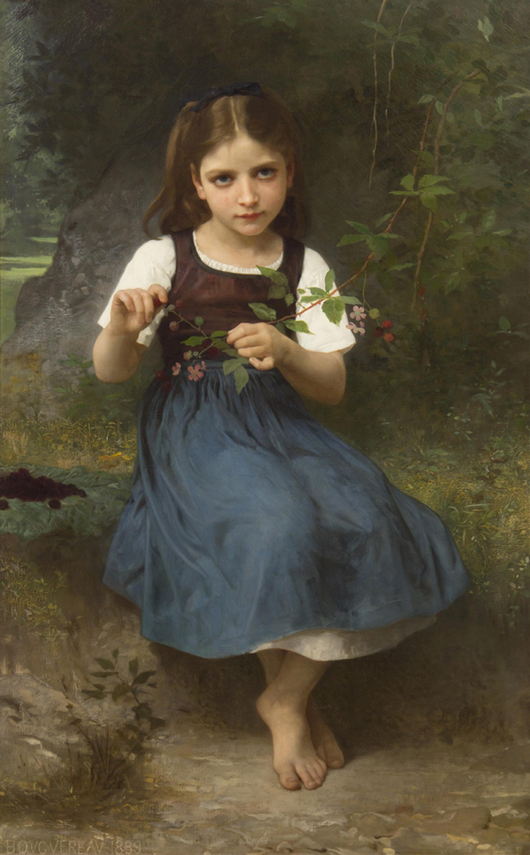
William Adolphe Bouguereau, ‘LeGouter,’ sold for $688,000. Image courtesy Leslie Hindman Auctioneers. 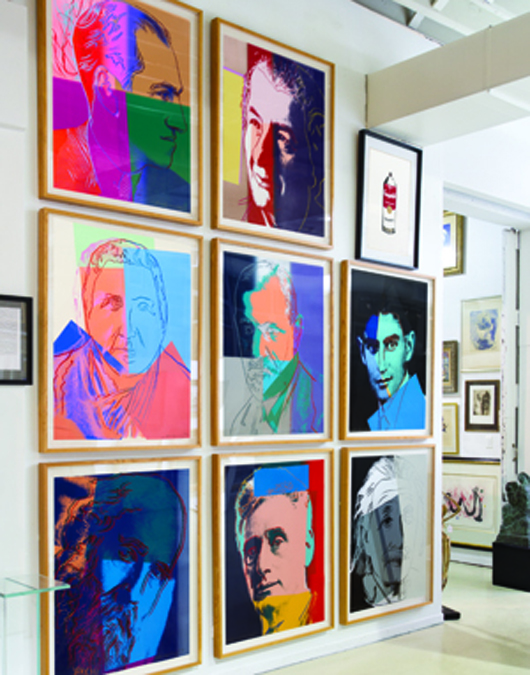
Andy Warhol, ‘Portraits of Jews of the 20th Century,’ sold for $97,600. Image courtesy Leslie Hindman Auctioneers. 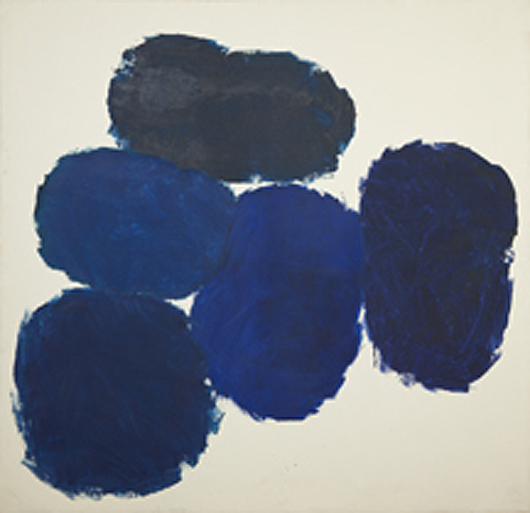
Ray Parker, ‘Untitled,’ sold for $58,560. Image courtesy Leslie Hindman Auctioneers. 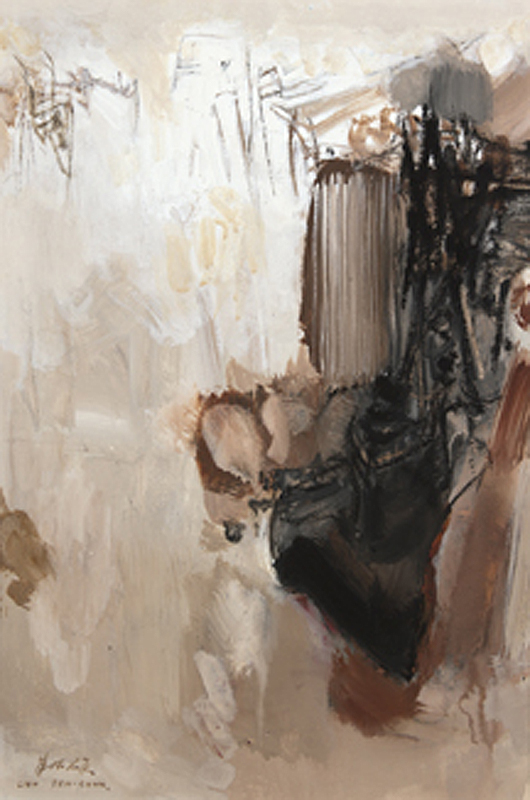
Chu Teh Chun, ‘Composition No. 125,’ sold for $68,320. Image courtesy Leslie Hindman Auctioneers. 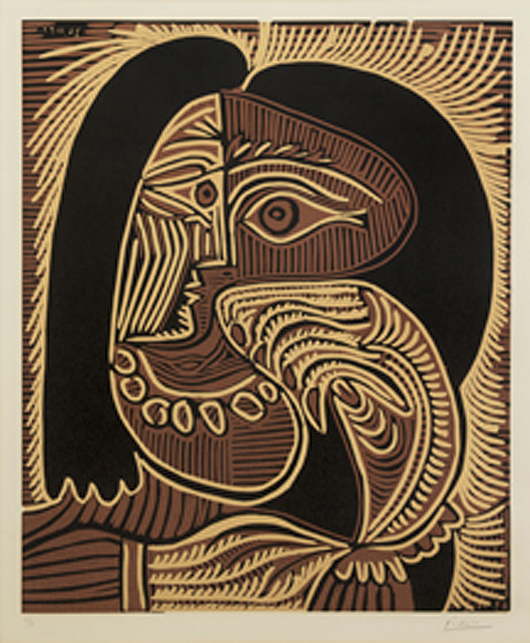
Picasso, ‘Femme au Collier,’ sold for $46,360. Image courtesy Leslie Hindman Auctioneers. 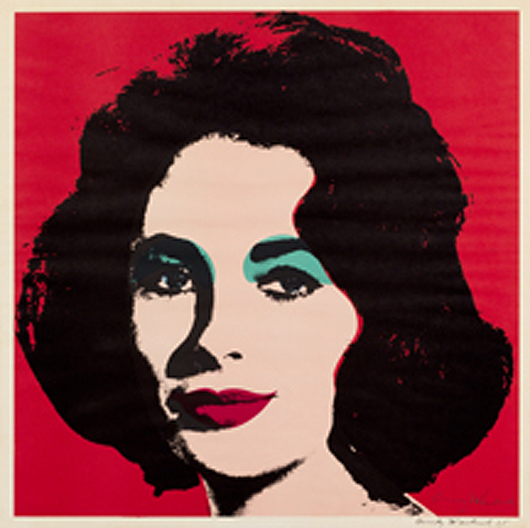
Andy Warhol, ‘Liz,’ sold for $39,040. Image courtesy Leslie Hindman Auctioneers. 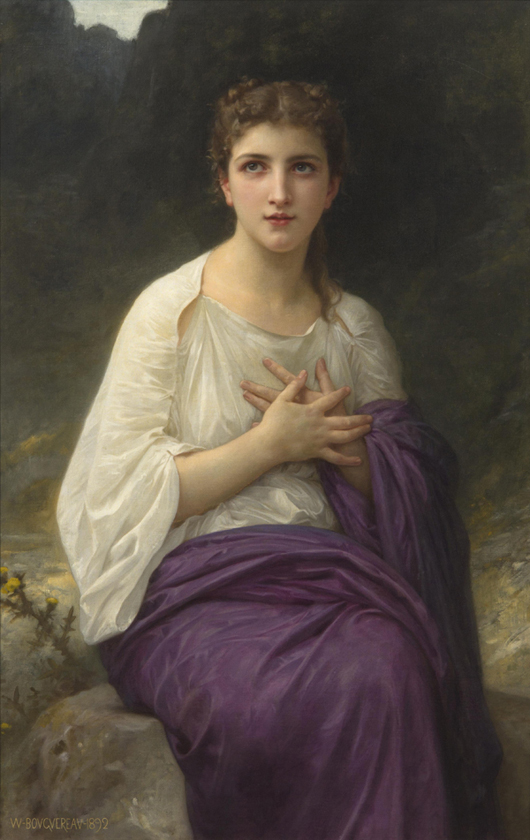
William Adolphe Bouguereau, ‘Psyche,’ sold for $514,000. Image courtesy Leslie Hindman Auctioneers. 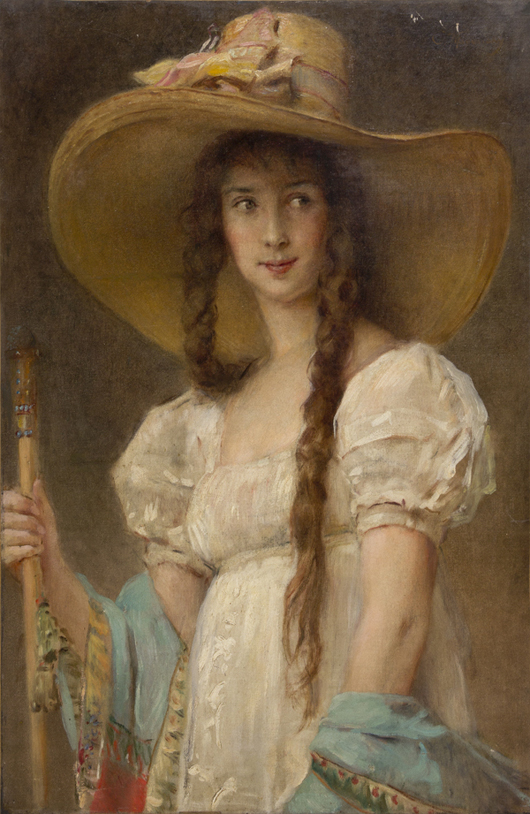
Konstantin Egorovich Makovsky, ‘Woman in a White Hat,’ sold for $292,000. Image courtesy Leslie Hindman Auctioneers.


